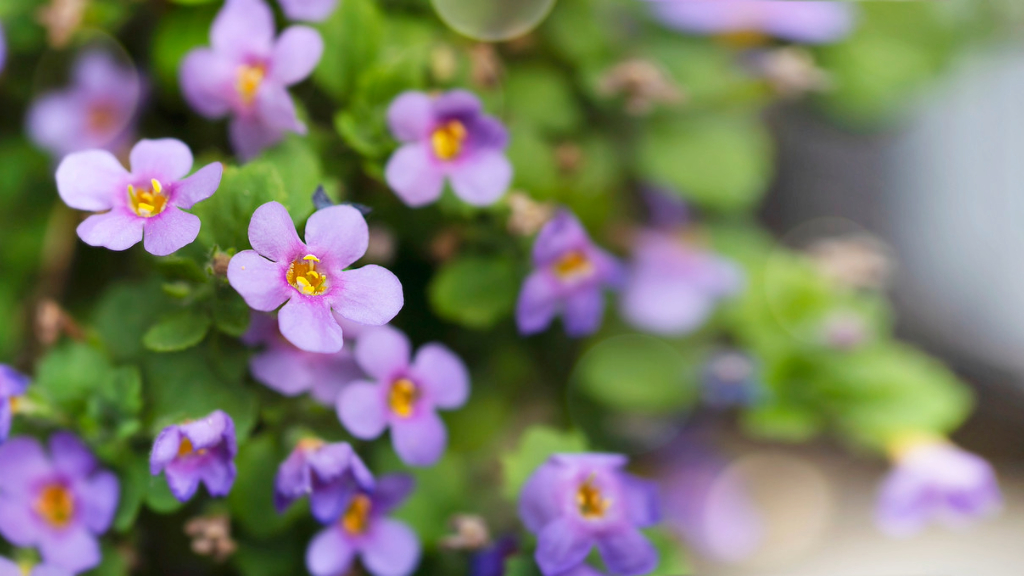Annuals Make A Comeback


Annual plants always seem to be a waste of money to me, since they die every fall. But that doesn't stop me from planting self seeding plants. They are free after the first year and I can enjoy them season after season. Flowers are chief among these, but there are also plenty of annual plants that will reliably come back in early spring.
Some Vegetables Overwinter
I'm an avid vegetable gardener and can't wait until the first veggies are available in my garden. There are some that overwinter and keep producing, and some that can be harvested in winter. I've had carrots and leeks when the soil was soft enough to harvest them. We had cabbage and Brussels sprouts fresh from the garden even in January. But as I'm cleaning up the garden I'm excited to see some annual plants reappearing.
We still had some snow, but I went outside in my mud boots and began to remove old plant matter anyway. Imagine my surprise to find 4 inch (10 cm.) tall snow and snap peas. For a flash I thought they had survived winter, but then remembered they were annuals. Plus, it had never happened before. So what miracle had transpired to make these plants reappear? I assume some pods were on the ground and the seed inside matured and got planted naturally. So up they sprang, bigger than they would be if I had seeded them myself.
In the vegetable garden, it isn't just the peas that will reappear. The old zucchini, pumpkins and other squash seem to pop up everywhere from left behind fruits. Sometimes they hybridize, resulting in a mystery food. Any allium left behind in the garden will send out seed and reproduce. My chive plant is a classic example of reseeded plants. They die out in fall but there are always several new plants to replace them by the start of summer. I will soon find tomatoes and basil plants volunteering near their old location.
Flowers Self-Seed
Self-seeding plants are little miracles of nature. They drop seed which grows on site or gets spread by wind or other machinations. I get new petunia plants in my pots every year that grow up to flower and spread. Not all annual plants will self seed, but in the right conditions, most will. I always thought snapdragons were annuals, but the ones that grow here come back every year. Plus they spread like wildfire. I now have a significant stand of the brightly blooming plants. We also have calendula, nasturtiums, zinnia, and bachelor buttons beginning to show. The cleome is a particular surprise, re-blooming year after year from fresh plants. And don't let me get started about my sunflowers. I rarely seed any but the whole garden is filled with the towering plants due to messy bird activity.
It is crucial to recognize the little plantlets, so you don't weed them out. I accidentally did that with some leeks that were coming up, thinking they were grass. I'm pretty savvy now, with some experience under my belt. And that means freebies from my re-seeded plants.
Sign up for the Gardening Know How newsletter today and receive a free copy of our e-book "How to Grow Delicious Tomatoes".

Bonnie Grant is a professional landscaper with a Certification in Urban Gardening. She has been gardening and writing for 15 years. A former professional chef, she has a passion for edible landscaping.